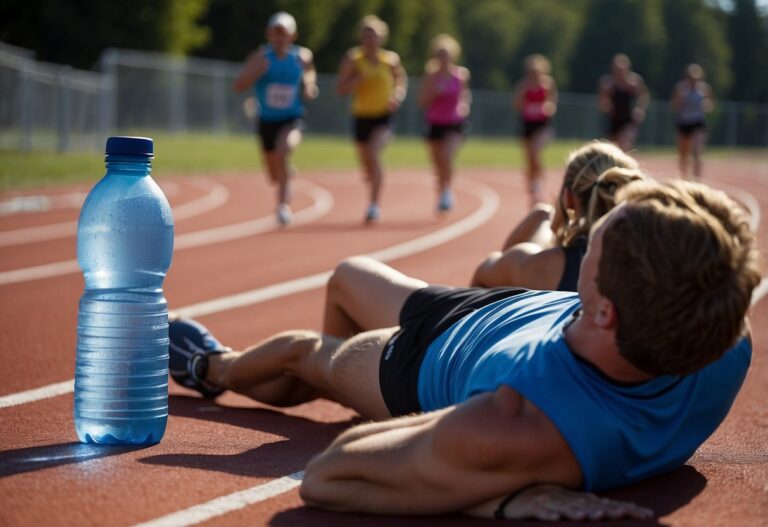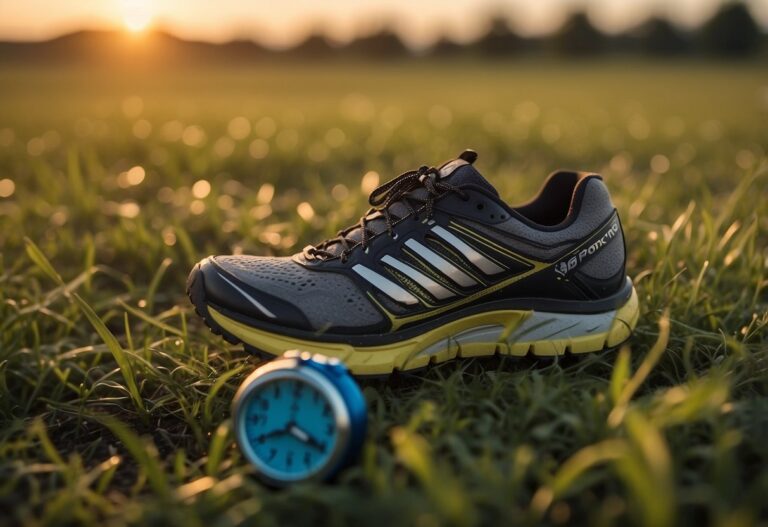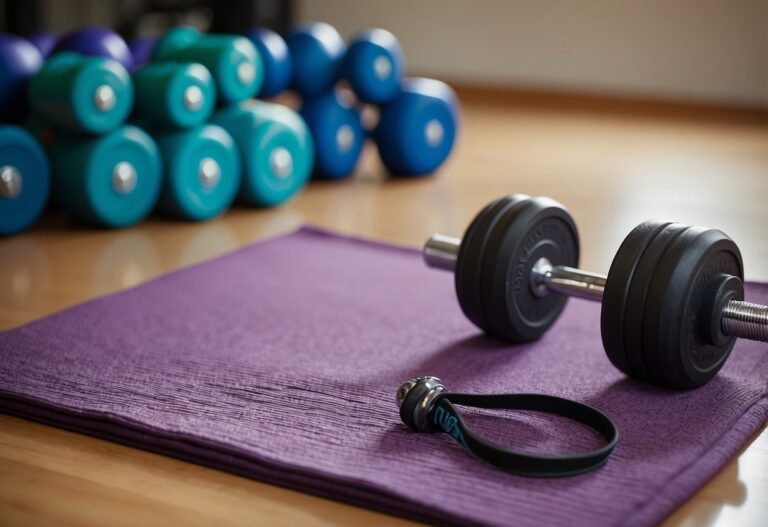When it comes to building a strong and stable body, focusing on core workouts is essential. Whether you’re an athlete looking to improve your performance or simply want to strengthen your torso for better posture, understanding the importance of core strength can drastically improve your overall fitness. Your core muscles include not just your abs, but also the muscles around your spine, your obliques, and your glutes.

Engaging in a well-rounded core workout routine can help you in everyday activities, reducing the risk of injury and increasing your ability to perform physical tasks. By incorporating effective exercises into your fitness regimen, you can enhance stability and resilience.
Plank
Start by placing your forearms on the floor, with your elbows directly under your shoulders. Your feet should be hip-width apart. Keep your body in a straight line from your head to your heels.
Engage your core by drawing your navel towards your spine. This helps to keep your torso rigid. Look down at the floor to keep your neck in line with your back.
You can also try the plank shoulder tap. Begin in a high plank position, then tap your right hand to your left shoulder while keeping your hips as steady as possible.
By keeping your hips steady and your feet wide, you can maintain balance and improve your stability. This extra challenge can help engage your core even more.
Russian Twist
The Russian twist is a great exercise to target your core, hips, and shoulders. You can start by sitting on the floor with your knees bent and feet flat. Hold a weight, like a medicine ball, next to your chest.
Lean back slightly, keeping your spine straight. Twist your torso to the right, then to the left. Exhale as you twist to improve the workout.
To increase the challenge, you can lift your feet off the ground or add more weight. Keeping your core tight throughout will maximise your benefits. Remember, it’s important to maintain good form to avoid injury.
Leg Raises
Leg raises are fantastic for strengthening your core, glutes, and hip flexors. They require no equipment, making them convenient for home workouts.
To start, lie flat on your back with your legs extended. Place your arms by your sides and press your hands lightly into the ground. Slowly lift your legs towards the ceiling while keeping them straight.
If you want more of a challenge, try hanging leg raises. This variation engages your muscles even more intensely.
Leg raises can also help improve your posture and reduce back pain. Adding them regularly to your routine can make a big difference.
Mountain Climbers
Mountain climbers are a fantastic exercise to add to your core workout routine. They build cardio endurance, core strength, and agility. This move combines strength training with cardio, making it highly efficient.
When you perform mountain climbers, you engage your shoulders, arms, and chest, which help to stabilise your body. Your core muscles also play a significant role in keeping your form correct.
To do mountain climbers, start in a plank position. Drive one knee towards your chest while keeping your abs tight. Alternate legs quickly to increase your heart rate. This keeps your workout intense and effective. For more details, check out mountain climbers exercise.
Bicycle Crunches
Bicycle crunches are a great way to target your core muscles, especially your obliques.
Start by lying flat on your back on a yoga mat or towel. Bend your knees and keep your feet flat on the ground. Place your hands behind your head, but avoid pulling on your neck.
Lift your shoulders off the floor and bring one knee towards your chest while twisting your torso. Try to touch your opposite elbow to your knee. Alternate sides, mimicking a pedalling motion.
Remember to keep your core engaged throughout the exercise. This will help protect your spine and maximise the benefits of the workout.
For a variation that reduces neck strain, try a standing bicycle crunch. This can be a great alternative if you experience discomfort with traditional crunches.
Hanging Leg Lifts
One of the best exercises for your core is hanging leg lifts. This move targets your lower abs and helps to strengthen your hip flexors.
To start, grab a pull-up bar with a shoulder-width grip. Hang with your arms fully extended. Slowly lift your legs until they are parallel to the ground.
If you find it challenging to lift straight legs, try bending your knees. This makes the exercise easier while still engaging your core muscles.
For a tougher workout, raise your legs higher than parallel. This increases the demand on your muscles.
Side Plank
The side plank is a fantastic move to strengthen your core muscles. It particularly targets your obliques, which are essential for a toned and stable midsection.
To start, lie on your side with one forearm directly under your shoulder. Lift your hips off the ground, forming a straight line from head to feet. Hold this position, keeping your core engaged.
Doing side planks regularly can also help improve your balance and posture. When you feel comfortable, try lifting the top leg for an extra challenge. This variation can further increase the intensity and benefits of the exercise.
Learning how to do a side plank properly can protect you from injuries and enhance performance in other activities. Consider integrating it into your routine, aiming for a few sets each time.
Flutter Kicks
Flutter kicks are a fantastic exercise for strengthening your core. Start by lying flat on your back, with your arms by your sides and palms facing down. Keep your legs straight with your toes pointed. Lift your legs a few inches off the ground.
For proper form, make sure to lift them to at least a 45-degree angle before lowering them again. Avoid lifting your lower back off the ground, as this can lead to strain and injury.
If you’re a beginner, aim for sets of 10-20 seconds, performing 2-3 sets. This can help you build endurance without overexerting yourself. Flutter kicks primarily target your lower abs, making them great for flattening your belly.
You can incorporate them into your core workout routine. Try alternating between flutter kicks and other core exercises for a full workout. Or, use them as a warm-up before lower body exercises.
Bird Dog
The bird dog exercise is a must-try if you want to strengthen your core.
Start on your hands and knees, ensuring your spine stays straight. Extend one arm straight out in front of you while extending the opposite leg behind you. Keep your hips stable and engage your abs to maintain balance.
This exercise targets your back, hips, and abs. It’s especially useful for improving balance and stability. Try to hold each position for a few seconds before switching sides.
The bird dog can also help with back pain and enhance your posture. By practising regularly, you’ll notice improvements in both strength and stability.
You can perform this exercise anywhere, making it a convenient addition to your routine. Aim for several reps on each side, gradually increasing as you get stronger. Stay consistent for the best results.
For more information, check out how to do the bird dog exercise.
Windshield Wipers
Windshield wipers are a fantastic core exercise to add to your workout routine. They target your abs, especially the obliques, and can also help strengthen your legs.
To start, lie on your back with your arms stretched out to the sides and your palms facing down. This will create a T-shape with your body.
Raise both legs straight up towards the ceiling. Twist your hips to the left until your legs are almost touching the ground. Then, twist to the right. Keep your arms and shoulders flat on the floor.
This exercise not only works your core but also improves your sleep quality by increasing core strength and reducing back pain. Want to see the steps? Check out Windshield Wipers Exercise for more details.
Importance Of Core Workouts
Core workouts are crucial because they enhance overall fitness and improve posture and balance. By focusing on these areas, you can ensure your body is more stable and less prone to injuries.
Benefits For Overall Fitness
Core exercises strengthen the muscles around your abdomen, back, and pelvis, which helps in nearly every movement you make. When your core is strong, everyday activities become easier, and your general fitness improves. For example, lifting heavy objects or even standing for long periods can strain your back if your core muscles are weak.
A strong core also benefits your athletic performance. Whether you’re a runner or enjoy playing sports, having a well-conditioned core allows you to perform better and reduce the risk of injuries. Think of it as the foundation of your body; when the foundation is strong, everything built upon it is more stable.
Impact On Posture And Balance
Proper posture relies heavily on your core muscles. A weak core often leads to slouching, which can cause back pain and other issues. Strengthening your core helps align your spine correctly, reducing strain on your lower back.
Balance is another area where core strength plays a significant role. Activities that require balance, like yoga or even walking on uneven surfaces, become easier with a strong core. Improved balance can prevent falls and keep you agile as you age.
To engage your core correctly, think about “zipping up” your abs by bringing your navel towards your spine. This action keeps your belly tight, making sure you’re using your core properly during exercises and daily activities. This technique promotes better balance and posture throughout your day-to-day life.
Common Mistakes In Core Workouts
When working on your core, it’s easy to fall into some common traps that can hinder your progress. Paying attention to form and recovery is crucial for the best results.
Poor Form And Alignment
One of the biggest mistakes people make is having poor form. For example, jumping to advanced exercises too soon can lead to shaky, uncontrolled movements.
If exercises like planks or sit-ups are done incorrectly, they can strain your back or neck. This often happens when you don’t engage your core muscles properly. It’s essential to focus on doing the basics right before moving to more complex moves. Keeping your body straight and aligned helps protect against injuries and ensures that your muscles are doing the work they’re supposed to.
Take a moment to check yourself in a mirror or ask for feedback from a trainer. Simple adjustments can make a huge difference. Remember to breathe correctly as well. Forgetting to breathe, as highlighted here, can increase your blood pressure and diminish your workout efficiency.
Overtraining And Lack Of Recovery
Overtraining your core can be just as detrimental as not training it at all. Muscles need time to recover and grow stronger. If you work your core every day without giving it a break, you might notice diminished returns and even increased injury risk.
Your workouts should evolve over time to continue challenging your body. If you don’t vary your exercises, you can hit a plateau. Incorporating rest days and changing up your routine can help avoid this issue. An article here suggests that without altering your workout, your progress will stall.
Recovery isn’t just about rest days; it’s also about sleep, nutrition, and hydration. Ensure you’re eating enough protein and staying hydrated to support muscle repair. Taking care of these aspects helps your body rebuild stronger, making your core workouts more effective.







